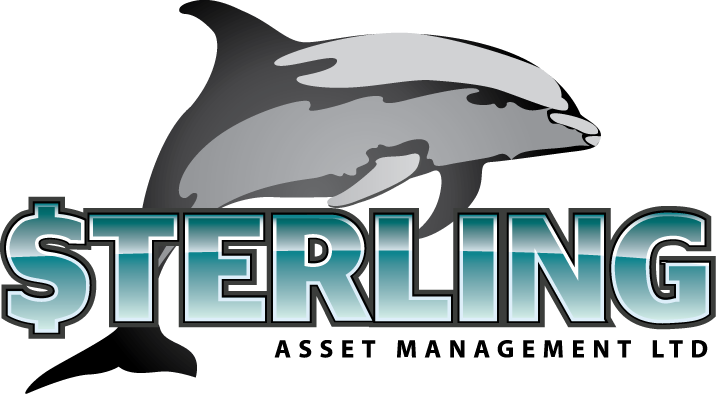Problem description: Higher interest rates have negative implications for many asset classes, not just fixed income assets. Higher interest rates translate to lower equity valuations (and thus less “price appreciation” potential). Higher interest rates also increase the cost of debt for corporations. Higher interest expense = lower profit = potentially lower dividends to shareholders. Mortgage financing gets more expensive and thus housing becomes less affordable. More expensive mortgages can result in a weaker demand for real estate and thus dampen short term prospects of property appreciation. On the flip side, if construction financing is more expensive, developers may try to pass on this cost to purchasers in the form of higher prices. In sum, higher interest rates are everyone’s problem.
When to buy: Investing in a rising interest rate environment is complicated. It is wise to exercise patience and to keep some liquidity on hand. Frequently we are asked “when should we buy, do we wait for the market bottom, do we wait for the Fed to finish tightening/hiking”. It is impossible to answer this question with clarity. However, you don’t have to wait until the end of the tightening cycle to consider purchasing assets. When you buy is a function of the valuation of the respective asset and how it performs in a rising rate environment. Here is a glimpse of what we are considering and not considering in the current market:
What to consider buying: Structured notes pay coupons and repay principal based on the fulfillment of pre-established external conditions. Coupons are generally more attractive during times of higher volatility (typical of rising interest rate environments). For example, JP Morgan may issue a note that pays you 8.4% per year, if the S&P 500 does not fall by more than 30%. The index level of the S&P 500 is recorded on the issue date of the note. It is called the “initial index level”. On a quarterly basis, the issuer will check the level of the S&P 500 and compare it to the initial level. If, on the “observation date”, the S&P 500 index level is 70% or more of its initial level, you will receive income that’s equal to 8.4% p.a. of your principal. If however, the S&P 500 falls by more than 30% on the “observation date” – you will NOT receive an interest payment. It’s important to note that structured notes can come with a “memory feature” – which means that if the index recovers above the initial index level by the next coupon payment date, you get all previously missed coupons. At maturity, you will receive 100% of your principal investment if the S&P 500 is not below the “initial index level” (i.e., has not fallen by more than 30%) as at the maturity date. Should the index fall by more than 30% at the maturity date, your principal will be exposed to the full downside of the index. For example, if the index is 60% below the initial index level at the maturity date, you would receive $400 for every $1000 invested. If, however, the index remains at or above the initial level, the investor will receive his full principal at maturity. Structured notes are usually short term in tenor – which is a positive feature in a rising rate environment. The coupons get more attractive as volatility increases. However, it’s important to be very selective about the underlying assets or conditions that the note is linked to.
What not to buy: Long dated assets and high growth stocks are very sensitive to interest rate increases. It’s best to wait until the tightening cycle is well underway prior to jumping into these assets.
In sum, rising interest rates do not make fixed income or other asset classes obsolete. Rather, the environment necessitates a more attentive and patient investment strategy.
Marian Ross is Vice President, Trading & Investment at Sterling Asset Management. Sterling provides financial advice and instruments in U.S. dollars and other hard currencies to the corporate, individual and institutional investor. Visit our website at www.sterling.com.jm
Feedback: If you wish to have Sterling address your investment questions in upcoming articles, e-mail us at: info@sterlingasset.net.jm
